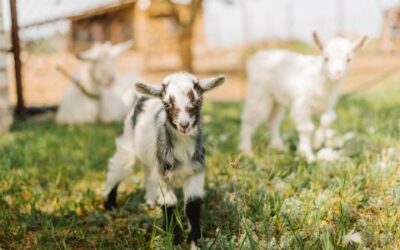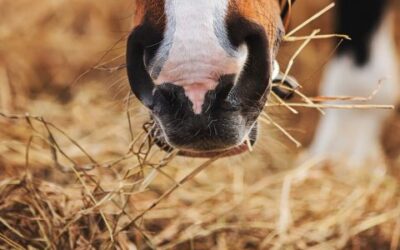
As spring blossoms and the vibrant green hues return to pastures, horse owners eagerly anticipate the joy of watching their equine companions revel in the lush, new growth. However, the transition from winter hay to spring grazing requires careful consideration to ensure the health and well-being of your horses. This guide aims to provide valuable insights into promoting healthy spring grazing habits for your equine friends.
Gradual Introduction
Abrupt changes in diet can lead to digestive issues for horses. To prevent colic and other gastrointestinal complications, gradually introduce your horses to spring pasture while still providing them with ample amounts of forage feed. Start with short, supervised grazing sessions, increasing the time gradually over a period of weeks. This allows their digestive systems to adapt to the richer forage without overwhelming their sensitive stomachs.
Monitor Grass Growth
Spring grass tends to be high in sugars, especially during rapid growth periods. Keep a close eye on the pasture’s grass length and aim to maintain it at a moderate level. Use rotational grazing to ensure horses have access to fresh, shorter grass, which is lower in nonstructural carbohydrates and reduces the risk of metabolic disorders such as laminitis.
Time of Day Matters
Consider scheduling turnout during specific times of the day to manage sugar intake. Grass accumulates sugars through photosynthesis during the day, making early morning or late afternoon grazing sessions preferable. This practice allows horses to enjoy the pasture without consuming excessive amounts of sugar, minimizing the risk of metabolic issues.
Assess Body Condition
Regularly assess your horse’s body condition to ensure they maintain a healthy weight. Spring grass can be calorie-dense, and some horses may gain weight quickly if not monitored. Adjust the amount of turnout or supplement with hay as needed to maintain an ideal body condition score.
Provide Adequate Forage for Grazing Horses
Even when horses have access to spring pasture, it’s essential to provide supplemental forage such as hay. This not only helps balance the nutritional intake but also ensures that horses have continuous access to forage, preventing them from overindulging in the lush pasture. Hay also serves as a vital source of fiber, supporting proper digestive function.
Consider Grazing Muzzles
For horses prone to weight gain or those at risk of metabolic disorders, using grazing muzzles can be a helpful tool. These devices allow horses to graze but limit the amount of grass they can consume, helping to control their calorie intake and reduce the risk of obesity-related health issues.
Spring grazing is a joyous time for both horses and their owners, but it comes with its set of challenges. By implementing these guidelines, horse owners can ensure a smooth transition to spring pasture, promoting the health and well-being of their equine companions. From gradual introductions to careful monitoring and thoughtful management, a proactive approach to spring grazing will allow horses to thrive in the lush, green environment while minimizing the risk of digestive and metabolic complications.
If you’ve got horses grazing in pasture, you understand the importance of healthy behavior. By partnering with Lucerne Farms, you’ll have all the knowledge and expertise needed to promote healthy spring grazing for your horses. From all-natural food products to a plethora of farming-related advice, we’re here to ensure your animals stay happy year-round. So, no matter what your horses’ specialized needs are, we’ll work with you to promote their health and well-being.




